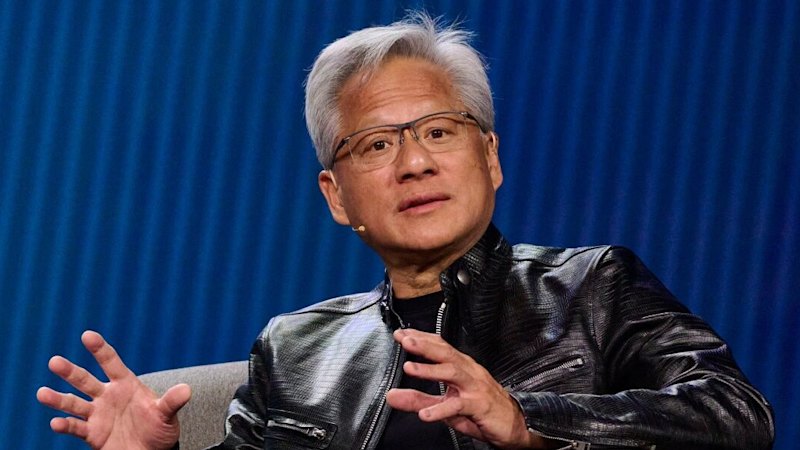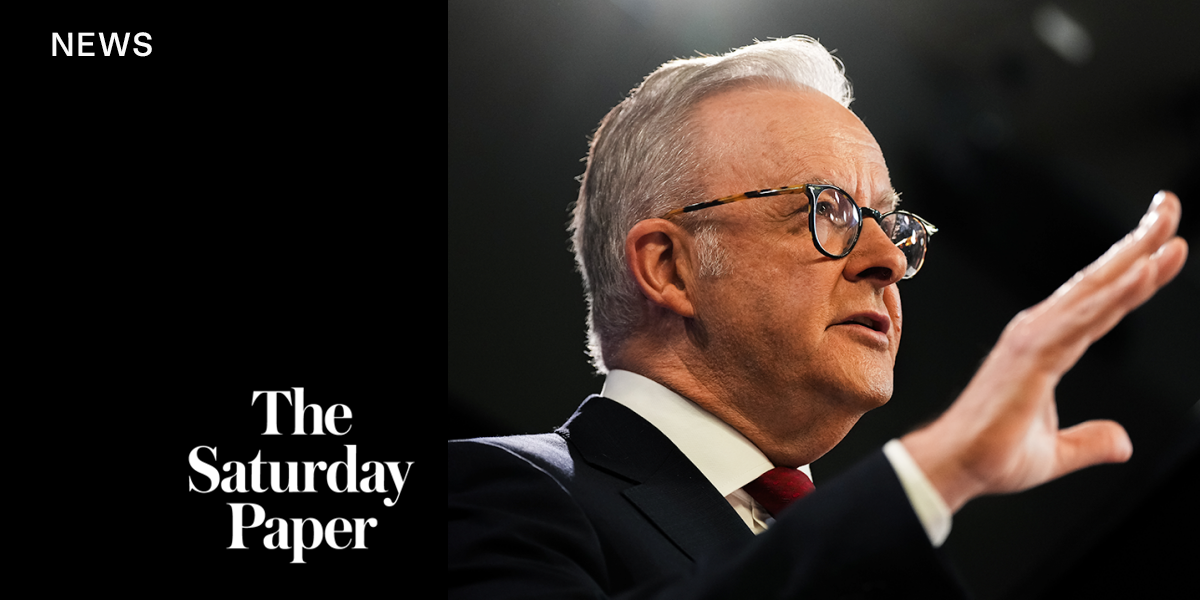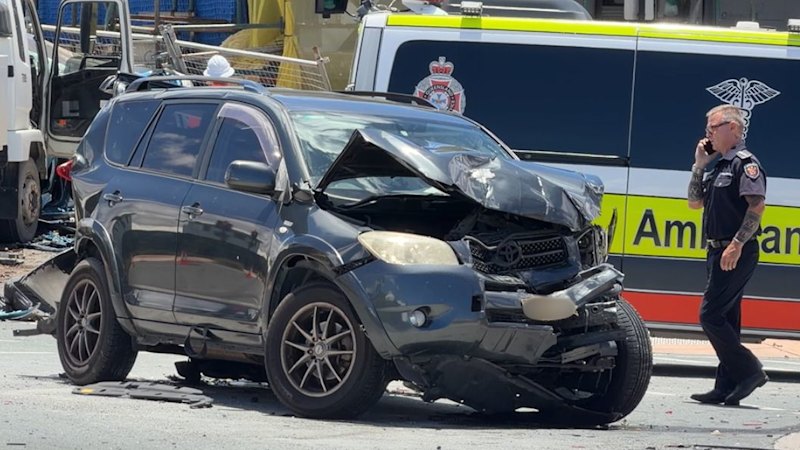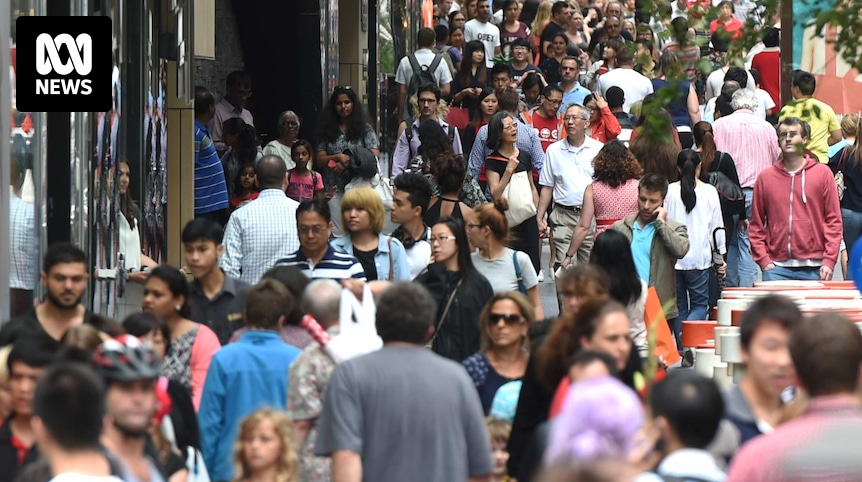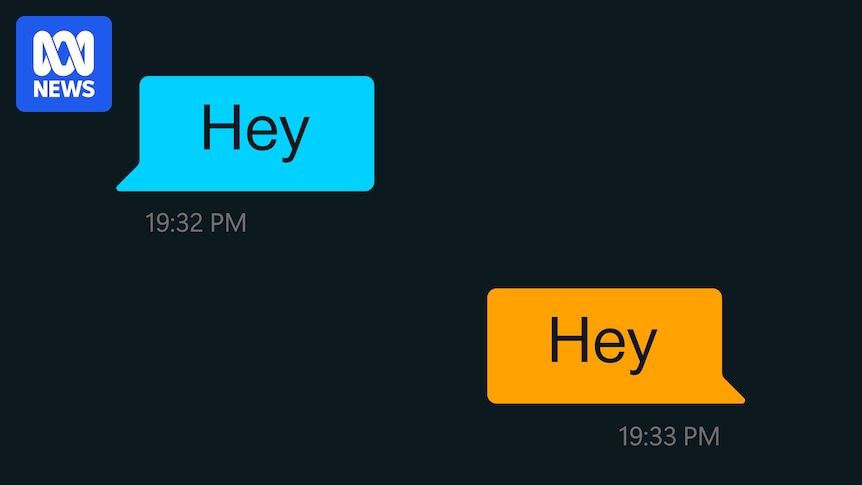
In the early hours of a spring Sunday in Melbourne’s bayside suburbs, Josh found himself in a terrifying situation. Assaulted by three men wielding metal bars, he lay on the footpath, fearing for his life. “Am I going to make it out of here alive?” he recalled thinking. The attackers laughed and filmed the assault, hurling accusations of pedophilia at him. Josh, whose name has been changed for his protection, was left so severely beaten that he nearly required intensive care.
This brutal incident is part of a disturbing trend of homophobic attacks across Australia, where users of gay dating apps like Grindr are being targeted. The attackers create fake profiles to lure victims, who are then assaulted and robbed. In Western Australia, five teenage boys were recently jailed for “planned and premeditated” attacks, while in Victoria, police have arrested 35 alleged offenders.
Escalating Violence and Social Media Exploitation
According to Jeremy Oliver, Victoria Police’s LGBTIQA+ Communities Portfolio Manager, these incidents often involve “posting and boasting” on social media, where victims are filmed and their videos used in a shaming process. “Part of it is a rise in anti-LGBTIQA+ sentiment or rhetoric that’s happening around the world,” Oliver said, highlighting a decline in social cohesion and an increase in violence against minority communities.
In New South Wales, police have pressed 39 charges related to 44 incidents reported since January 2024, with attacks occurring in both regional and metropolitan areas. Victims are often robbed, assaulted, or extorted, and some attackers pose as underage individuals to lure their targets.
Victims’ Reluctance to Report
Many victims are hesitant to come forward, fearing their sexuality will be exposed or that they will have to share personal details with police. One victim expressed concern about police accessing the contents of his phone, worried about privacy and the potential for a lengthy court process. “No one wants to have their sex life to be out of their hands,” he said.
Both NSW and Victoria police emphasize that victims’ consent is necessary for evidence collection and that only relevant information is needed. “We do not need the entire content of that victim’s phone,” Assistant Commissioner Leanne McCusker assured. Victoria Police also noted that dating apps like Grindr have been cooperative in investigations, providing alerts to warn users of incidents.
The Role of Anonymity and Technology
The anonymity offered by apps like Grindr, launched in 2009, has been a double-edged sword. While it provides a safe space for those not publicly expressing their sexuality, it also offers cover for offenders. “Anonymity gives [offenders] something to hide behind,” said Hannah Robertson, a criminology PhD candidate at the Australian National University. She noted that violence on dating apps has become normalized, with a 2022 study revealing that three-quarters of Australian dating app users reported experiencing violence or harassment.
Grindr and other apps have signed up to the Australian government’s dating app code, which requires reporting mechanisms for online harm. However, the code is voluntary and does not specifically address hate crimes. Robertson warns that focusing too much on technology’s role may overlook the underlying motivations of perpetrators.
Looking Forward: Addressing the Root Causes
The recent wave of attacks highlights a troubling resurgence of homophobic violence reminiscent of the gay bashings of the 1970s and 1980s. While technology plays a role, the root causes of such violence must be addressed. Josh, the Melbourne victim, believes apps can do more to protect users but also acknowledges the broader societal issues at play. “It’s really sad because there was such a movement towards acceptance for the LGBT community, and now it’s taking a step backwards,” he lamented.
As Josh recovers from his injuries, he remains cautious about future interactions on dating apps. “They could still be looking at my profile and know who I am, but I have no idea who they are,” he said. The need for vigilance and continued advocacy for LGBTQIA+ rights remains critical as communities work to combat this new wave of violence.

